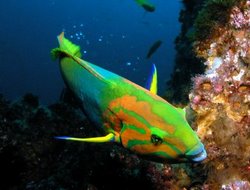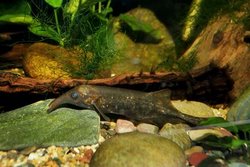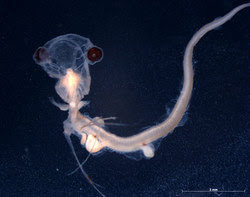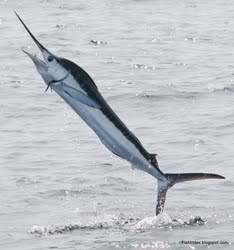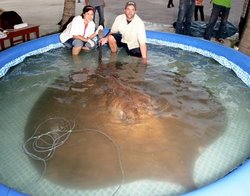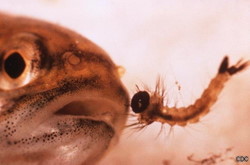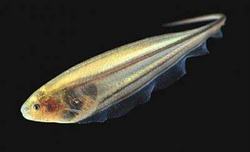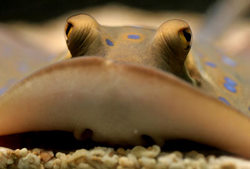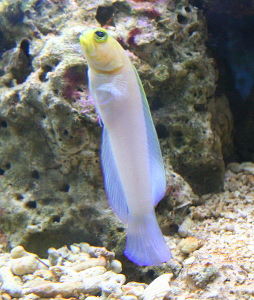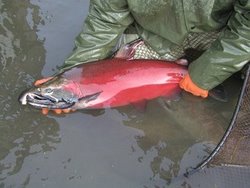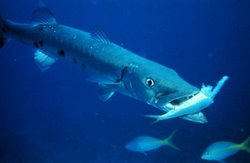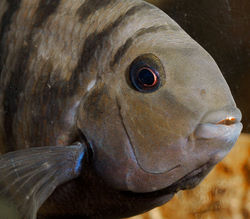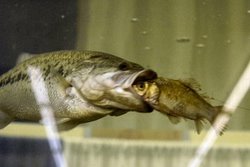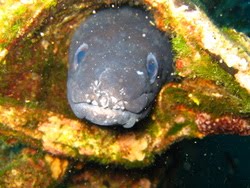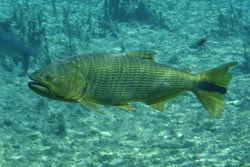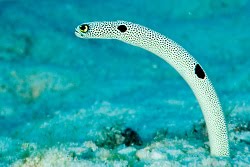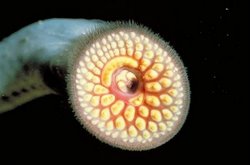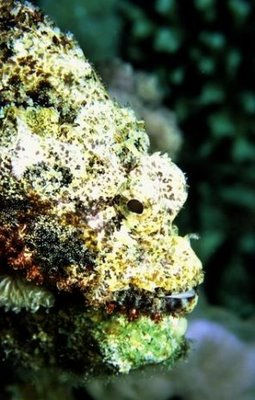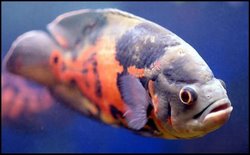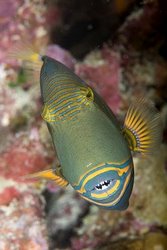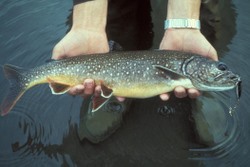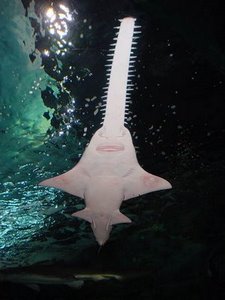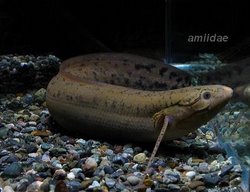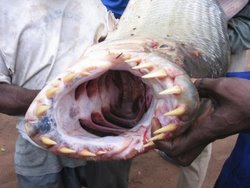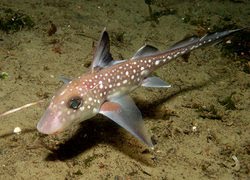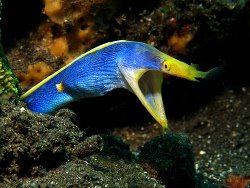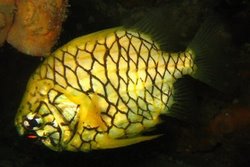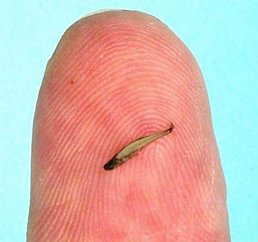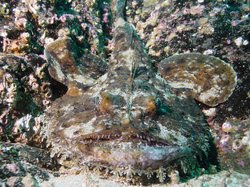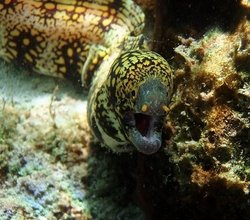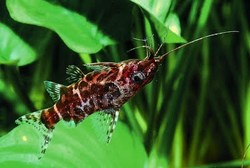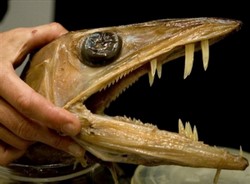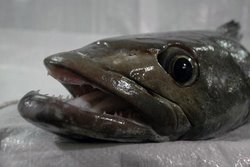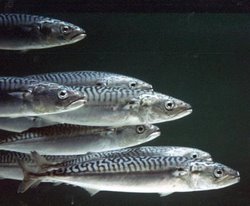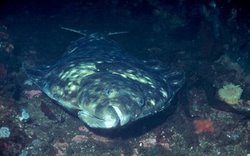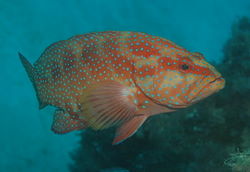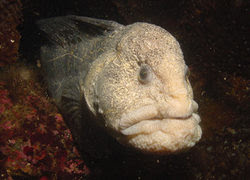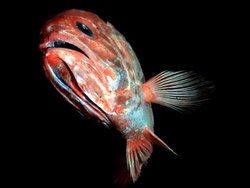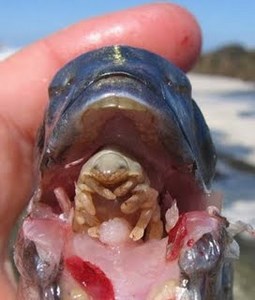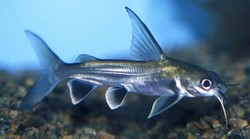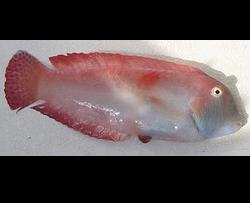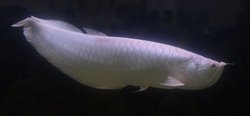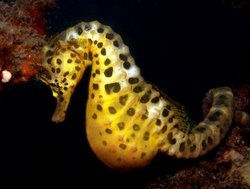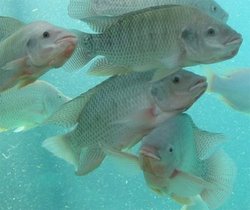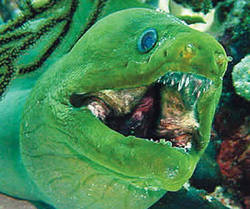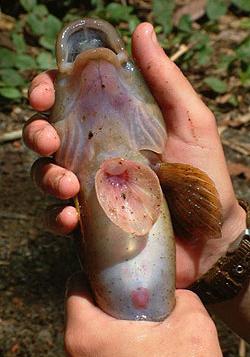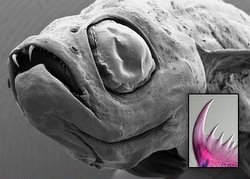 The Spotted Coral Croucher or Caracanthus maculatus is often found near, you guessed it, corals. Also known as the Pacific Spotted Velvetfish, and the Gumdrop Coral Croucher, they are white with red dots that cover their bodies. These saltwater fish are also covered with hair-like appendages, which gives them a fuzzy appearance. They are very small, only growing to about 2" in length. This fish belongs to the Scorpionfish family.
The Spotted Coral Croucher or Caracanthus maculatus is often found near, you guessed it, corals. Also known as the Pacific Spotted Velvetfish, and the Gumdrop Coral Croucher, they are white with red dots that cover their bodies. These saltwater fish are also covered with hair-like appendages, which gives them a fuzzy appearance. They are very small, only growing to about 2" in length. This fish belongs to the Scorpionfish family.As you can imagine, they are a favorite among aquarium enthusiasts that have coral in their aquariums. A tank of at least 30 gallons is recommended with the following water conditions, 72-78° F, dKH 8-12, pH 8.1-8.4 and sg 1.020-1.025. Although they won't mess with most tankmates, they will battle their own kind if kept in too small of an aquarium. Be very careful when handling the Spotted Coral Croucher, they have spines on their dorsal fins that are venomous. While not life threatening, the sting will hurt a bit worse then a bee sting. Spotted Coral Crouchers should be fed a variety of meaty foods including Brine Shrimp, Frozen Mysid Shrimp and other frozen foods. If you plan on keeping them in an aquarium with corals they only need to be fed once a day, if not they should be fed twice a day.
Breeding Spotted Coral Crouchers in captivity is possible. This fish will lay eggs that sink into the coral which gives them a nature barrier against potential predators in the wild. If you have any additional information about the Spotted Coral Croucher please leave us a comment below.







